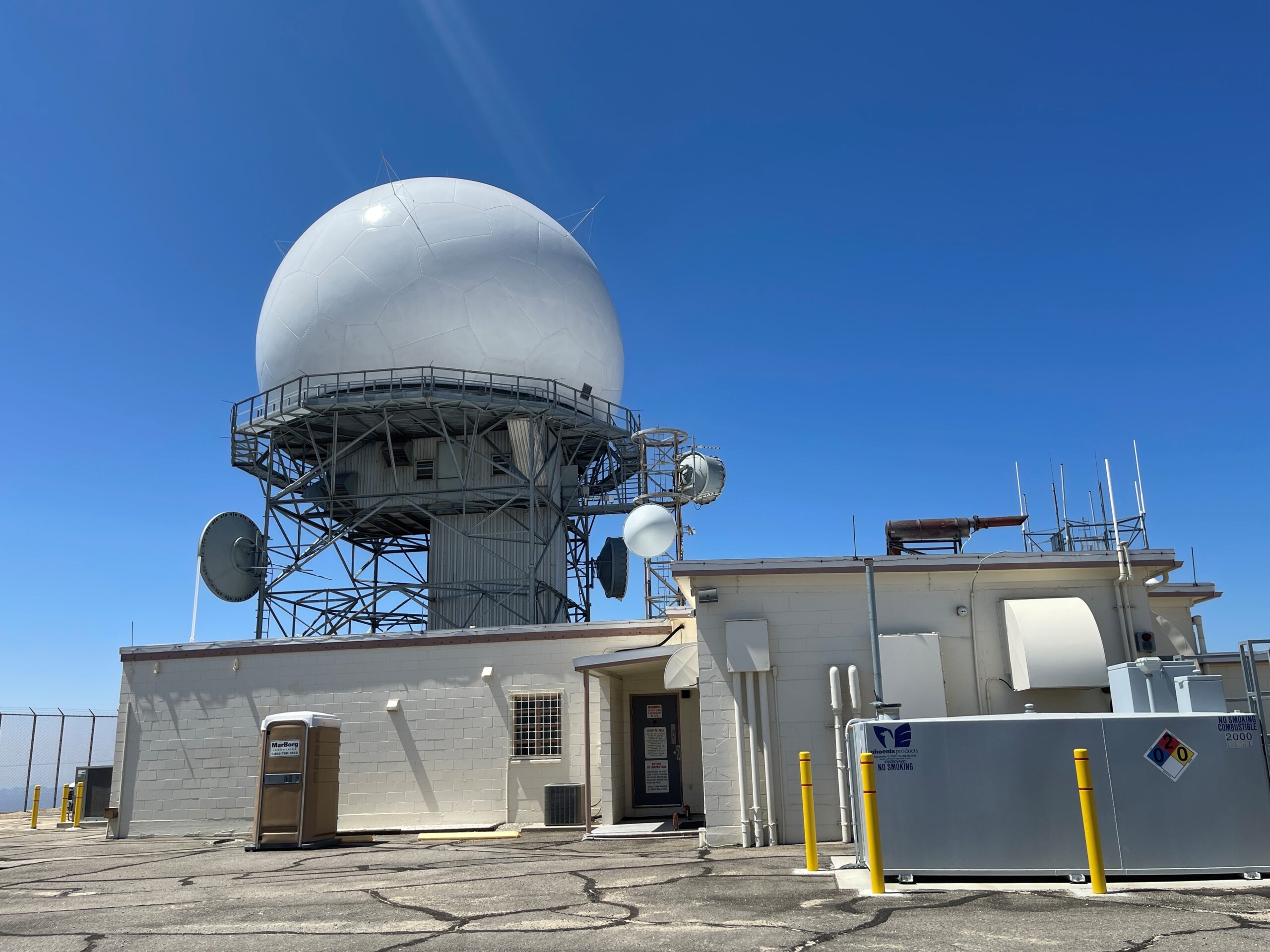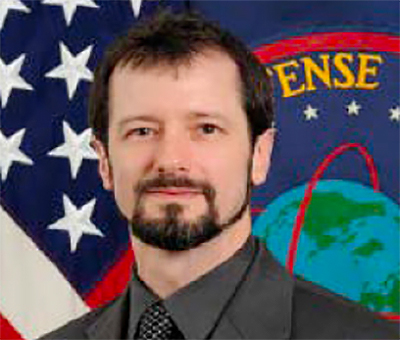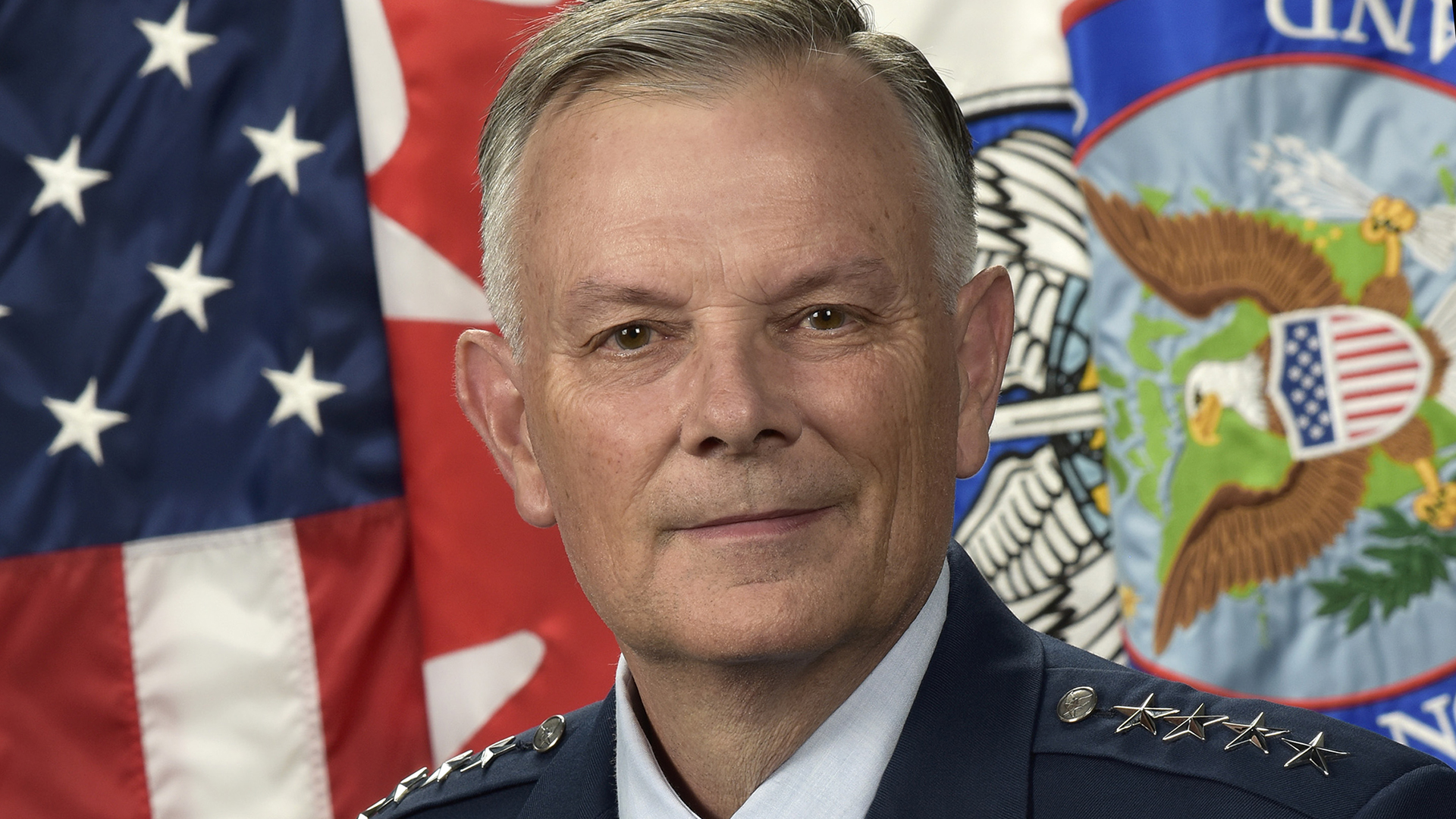Though the Pentagon has changed the name and scope of the new organization tasked with overseeing U.S. government’s growing efforts to track unidentified aerial phenomena (UAP), the head of the North American Aerospace Defense Command (NORAD), who is actually the guy in charge of defending America’s airspace, says it has been business as usual when it comes to his command’s mission.
”I have not changed or been asked to change any of my posture, taskings or anything,” Air Force Gen. Glen D. VanHerck, the dual-hatted commander of both NORAD and U.S. Northern Command (NORAD), told reporters Thursday during a roundtable discussion at the Aspen Security Forum.
Asked by Washington Post reporter Shane Harris about whether there have been any changes “in terms of homeland protection” as a result of more attention being paid to unidentified aerial phenomena (UAP) – as the Pentagon now refers to what was known as unidentified flying objects (UFO) – VanHerck said “no.” The answer may seem disconnected considering the efforts the Pentagon claims are being made to take the issue seriously and to mitigate any potential risks to national security presented by UAP. Then again, the Air Force has been notoriously unforthcoming when it comes to this controversial topic.
VanHerck goes a step further, stating “First of all, let’s be clear. My job as the NORAD commander is to identify every single UAP or …whatever it is,” VanHerck said. “What I would report to you is I’ve yet to find one that had aliens or was a spaceship that we’ve identified.”

“If any of our NORAD fighters or, or any assets assigned to NORTHCOM, came across some type of UAP, we would absolutely report that,” he said. “I’m just telling you, we haven’t seen that.”
VanHerck was questioned on the issue after the Pentagon this week changed the name of its organization tasked with tracking UAPs from the unwieldy Airborne Object Identification and Management Group (AOIMSG) to the more streamlined All-domain Anomaly Resolution Office (AARO).
More than just an update in nomenclature, the move reflects a long-known reality. Airborne objects aren’t the only ones that are unidentified, but more importantly, potentially pose a threat to U.S. military installations and personnel.
In its announcement on Wednesday, the Pentagon noted that Deputy Secretary of Defense Kathleen Hicks, in coordination with the Director of National Intelligence (DNI), “amended her original direction to the Under Secretary of Defense for Intelligence & Security” by renaming and expanding the scope of AOIMSG.
That was because the enactment of the National Defense Authorization Act for fiscal 2022, which included a provision to establish such an office – in coordination with DNI – was tasked with responsibilities that were broader than those originally assigned to the AOIMSG.
Essentially, that legislation calls for a much larger-scope effort to examine these phenomena than what Hicks initially called for in her memo last November.
Pentagon spokeswoman Sue Gough told The War Zone Thursday that “the genesis of the establishment of AOIMSG came from internal DoD processes subsequent to assisting [the Office of the Director of National Intelligence] with the preparation of its assessment report on UAP.”
As mandated by a provision in the 2021 Intelligence Authorization Act, DNI – in consultation with the Defense Department (DOD) – submitted a report to Congress on UAP last June. That same day, Hicks sent out a memo to DoD leaders on the state of UAP assessments. In that memo, she directed the Office of the Under Secretary of Defense for Intelligence & Security (OUSD(I&S)) “to develop a plan to formalize the mission that was then being performed by the UAP Task Force.”
Hicks’ November 2021 memo directing the establishment of the AOIMSG and AOIMEXEC “was a direct result of that planning effort,” Gough said.
While much of the initial attention in recent years has been paid to aerial objects of unknown origin, what the Pentagon now refers to as UAP, mysterious underwater objects or anomalies have been tracked by submariners, as we explained three years ago. The UFO topic, as it exists culturally, has long been intertwined with sightings of so-called USOs — unidentified submerged objects. Claims of sightings of objects that can traverse air and water continue to this day and are a major component of ‘ufology.’
AARO’s mission will be to “synchronize efforts” across the Defense Department (DOD), and other U.S. federal departments and agencies, “to detect, identify and attribute objects of interest in, on or near military installations, operating areas, training areas, special use airspace and other areas of interest, and, as necessary, to mitigate any associated threats to safety of operations and national security. This includes anomalous, unidentified space, airborne, submerged and transmedium objects.”
The issue of the U.S. military tracking transmedium objects is not new. It was included in the 2022 NDAA, which defines transmedium objects as “objects or devices that are observed to transition between space and the atmosphere, or between the atmosphere and bodies of water, that are not immediately identifiable.”
The new organization will be led by what the Pentagon now calls the AARO Executive Council, or (AAROEXEC).
The AARO Executive Council (AAROEXEC), led by Under Secretary of Defense for Intelligence & Security (USD(I&S)) Ronald Moultrie, will provide “oversight and direction” to the AARO along these primary lines of effort:
1. Surveillance, Collection and Reporting
2. System Capabilities and Design
3. Intelligence Operations and Analysis
4. Mitigation and Defeat
5. Governance
6. Science and Technology
According to the latest Hicks memo on the subject, dated July 15, AARO “will serve as the authoritative office of the Unidentified Aerial Phenomena (UAP) and UAP-related activities for the DoD.”
It will be DOD’s “focal point for all UAP and UAP-related activities” and may represent it to other federal agencies, Congress, the media, and the public, in coordination with the Assistant Secretary of Defense for Legislative Affairs and Assistant to the Secretary of Defense for Public Affairs.
AARO will be directly managed by Sean Kirkpatrick, whose most recent assignment was as Chief Scientist at DIA’s Missile and Space Intelligence Center.

“Known as Dr. K to his staff and team, he brings over two decades of experience and a significant depth of expertise in scientific and technical intelligence (S&TI), S&TI and space policy, research and development, acquisitions, and operations, specializing in space/counterspace mission areas,” according to his official bio.
The issue of unidentified phenomena, whatever medium they exist in, has taken on greater public interest in recent years. In May of this year, Congress held its first UFO hearing in over 50 years. Earlier this month, we told you about an effort by Rep. Mike Gallagher (R-Wisc) to give greater protections to those who have information about such things.
His proposed amendment to the Fiscal Year 2023 National Defense Authorization Act was created to “establish a process within the government for reporting UAPs and provide whistleblower-like protections,” Gallagher’s spokesman Jordan Dunn told The War Zone at the time.
The bipartisan amendment to the Fiscal Year 2023 NDAA passed by voice vote without debate last week, Politico reported.
The House Permanent Select Committee on Intelligence (HPSCI) has also taken a recent interest in this issue.
In its Intelligence Authorization Act (IAA) approved Wednesday, HPCSI required GAO historical study of IC [intelligence community] UAP activity, including a clause not seen in the Senate version: “efforts to recover or transfer related technologies to United States-based industry or National Laboratories.”
In addition, the IAA also includes provisions introduced by Gallagher “including…a GAO review of US government records relating to the intelligence community’s involvement with [UAP], including any efforts to track, identify, recover, transfer, or obfuscate [UAP].”
So yes, we are talking about investigating the military contractors for hiding parts of crashed craft and investigating the intelligence community for hiding major revelations about UFOs.
This is clearly uncharted territory.
Now that the Pentagon has given a new name to the office that will be its focal point for all UAP-related phenomena, wherever it is observed, it will be interesting to see what, if anything, AARO actually does.
Contact the author: howard@thewarzone.com
